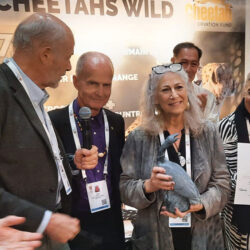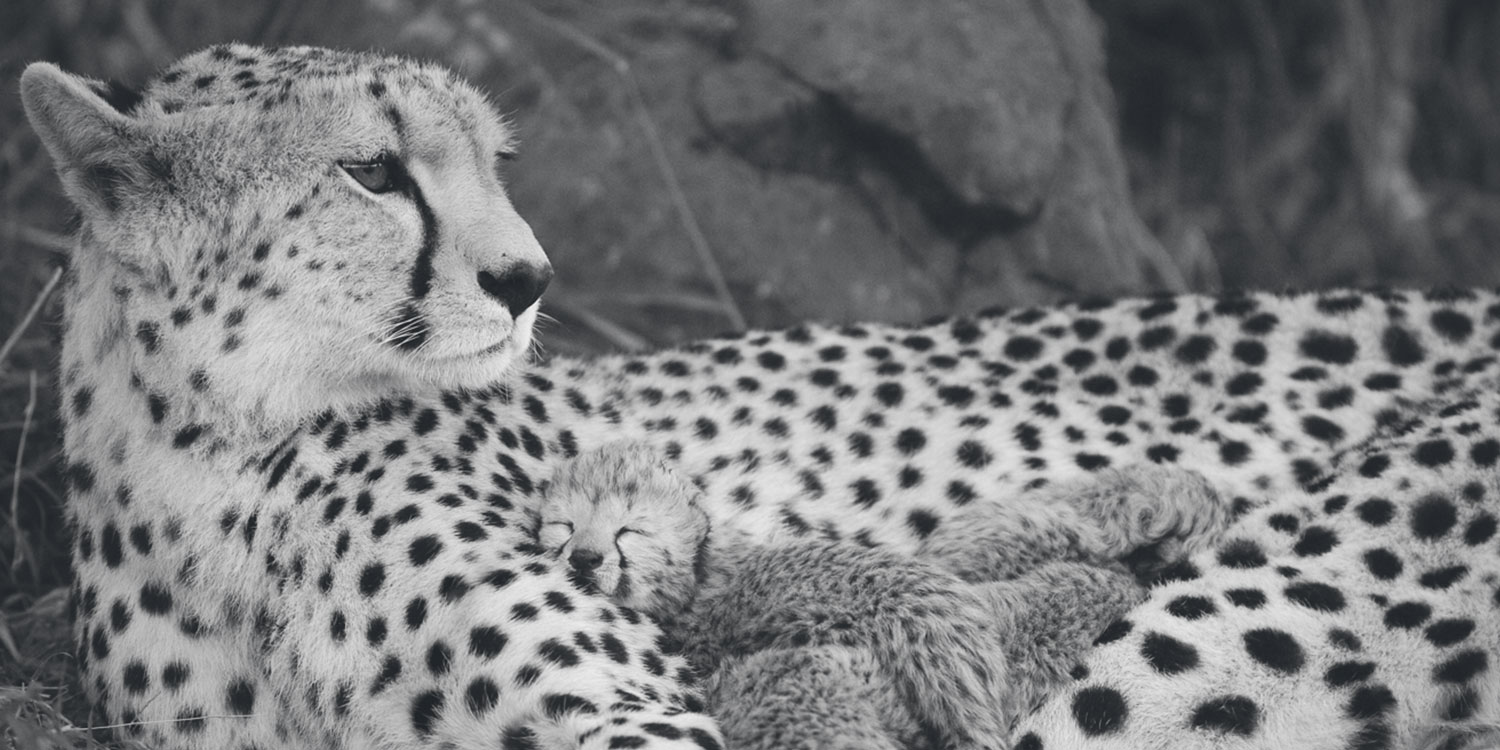Cheetah Conservation Fund Study Demonstrates Bush Thinning Can Improve Carrying Capacity of Namibian Grazing Lands While Increasing Wildlife Habitat
-
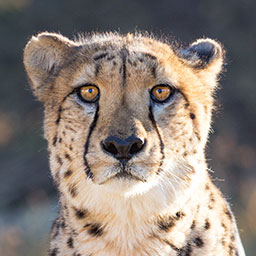
- by CCF Staff September 9, 2020
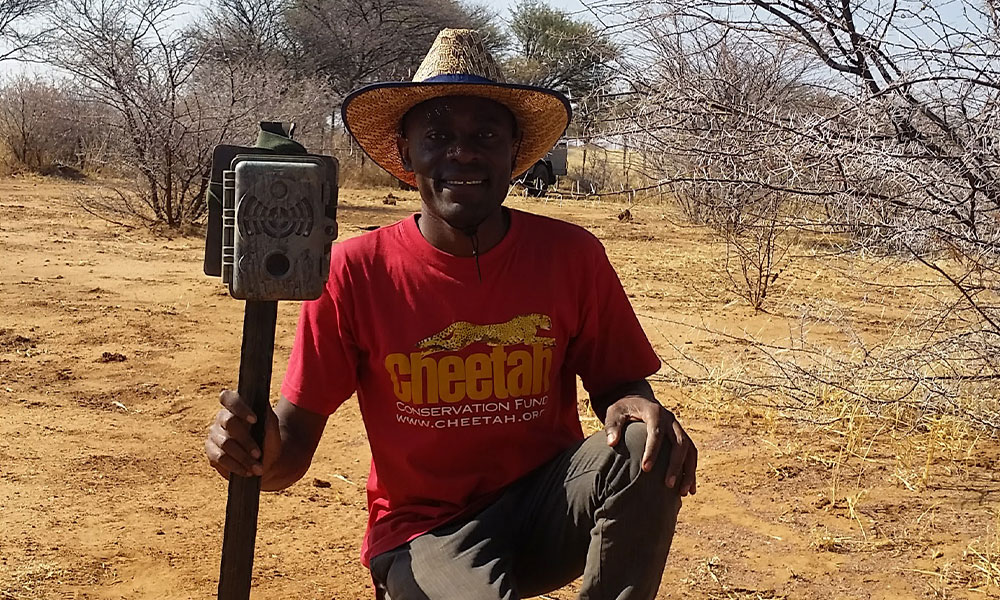
OTJIWARONGO, Namibia – 9 September 2020 – Scientists at Cheetah Conservation Fund (CCF), in collaboration with researchers from University of Eastern Finland and the Forestry Research Institute of Ghana, published a study in the October 2020 edition of Forest Ecology and Management. Response of wildlife to bush thinning on the north central freehold farmlands of Namibia assesses the reaction of ungulates and predators to bush thinning operations on three farms within CCF’s 67,000-hectare, livestock-wildlife reserve. Since 2015, Namibia’s livestock industry has experienced a decline in grazing capacity and economic losses equalling N$2.7 billion per year. At the same time, predator populations have declined. With an estimated 45 million hectares of encroached surface area and pastoralism being central to Namibia’s economy, the results of CCF’s study have important implications for both wildlife and farmers.
“Our team of collaborating researchers designed the study to evaluate bush thinning’s efficacy as a large-scale habitat restoration solution. Determining impact on wildlife is a key indicator”, said Dr Laurie Marker, CCF Founder and Executive Director and one of the study’s co-authors. “We conclude that bush thinning has overall positive to neutral effects on local ecosystems and wildlife, and it is a viable method to restore wildlife habitats and grazing lands. Further, the practise will be most successful if applied on a large-scale basis, and thinning is well maintained”.
Bush thinning is a type pf harvest that selectively removes encroaching vegetation, typically a mix of woody, thorn bush plant species. These plants alter ecosystems by draining water tables and suppressing perennial grass growth. Thick, sharp spines of the encroacher plants can also cause injuries to wildlife. Namibia is prone to periodic drought cycles, and the further loss of carrying capacity due to bush encroachment has negative impacts towards livelihoods. In 2019, Namibia experienced a long drought and a state of emergency was declared. Livestock, pastoralists and Namibian predators have been particularly impacted. Because of bush encroachment, farmers have had to take their livestock further and further away from protective kraals and homesteads in search of forage and water. In a weakened state, livestock make more attractive targets for predators, and this increases opportunity for conflict.
To prevent livestock losses, some Namibian farmers resort to reducing populations of large predators. To break the cycles of overgrazing and killing predators, CCF studied the problem on its own farmlands. Activities include long-term research studies and building a Biomass Technology Demonstration Centre to test and manufacture energy products made from raw materials harvested by CCF Bush PTY Ltd, an enterprise fully owned and operated by CCF.
“Removing excess woody vegetation provides more options for livestock and wildlife, and herders can avoid habitat edges that are frequented by predators. Farmers avoid conflict with predators, which increases biodiversity and the overall health of the ecosystem”, said Dr Bruce Brewer, co-author and General Manager of both CCF and CCF Bush PTY Ltd.
Bush encroachment is brought on by climate change, elevated atmospheric carbon dioxide concentrations, nitrogen pollution, drought, fire suppression, soil nutrients, imbalance between livestock and wildlife populations, and poor grazing and rangeland management practises. As the CCF study indicates, when executed properly and post-thinning management is continued, bush thinning can increase carrying capacity, and it can also reduce pressure on farmers to kill or remove predators.
Led by CCF’s Senior Ecologist and Forest Steward Matti Nghikembua, the study looked at the activity patterns of local ungulates (small, medium and large) and predators (meso and large) in the north central Namibian farmland ecosystem. Camera traps were used to capture wildlife in bush encroached and previously thinned habitats. Tracking animal movements across three contiguous farms, researchers determined large predators were the most responsive to the thinning treatment, and thinned areas had more wildlife activity than non-thinned. Goals for the study include providing stakeholders with credible information on how thinning influences predators and their prey and determining management actions to ensure negative impacts are avoided in the bush-thinning process.
Nghikembua reports: “The findings of our study indicate the activity patterns of large predators – cheetah, leopard and brown hyena — could be substantially shifted by thinning operations. If approached on a large scale, thinning may spread the predatory risk over a wider landscape and reduce impact of livestock losses. Thinned areas could provide more options for prey animals to escape or avoid habitat edges that are highly frequented by predators. Conversely, if thinning is done on a smaller scale, large predators may affect other animal types severely”.
Namibia is home to an estimated 1500 of the world’s remaining wild cheetah population of less than 7500 individuals. Because the species is found mostly outside protected areas, CCF believes working directly with farming communities is vital for species survival. An important aspect of this study is that it provides the baseline information for incorporation into the area’s management plans, which will help create a model for neighbouring communities to follow.
The authors of the CCF study are Matti T. Nghikembua (CCF, CCF Bush PTY Ltd and University of Eastern Finland, School of Forest Sciences); Laurie L. Marker (CCF and CCF Bush PTY Ltd); Bruce Brewer (CCF and CCF Bush PTY Ltd); Lauri Mehtatalo (University of Eastern Finland, School of Forestry Sciences); Mark Appiah (University of Eastern Finland, School of Forestry Sciences and Forestry Research Institute of Ghana); and Ari Pappinen (University of Eastern Finland, School of Forestry Sciences).
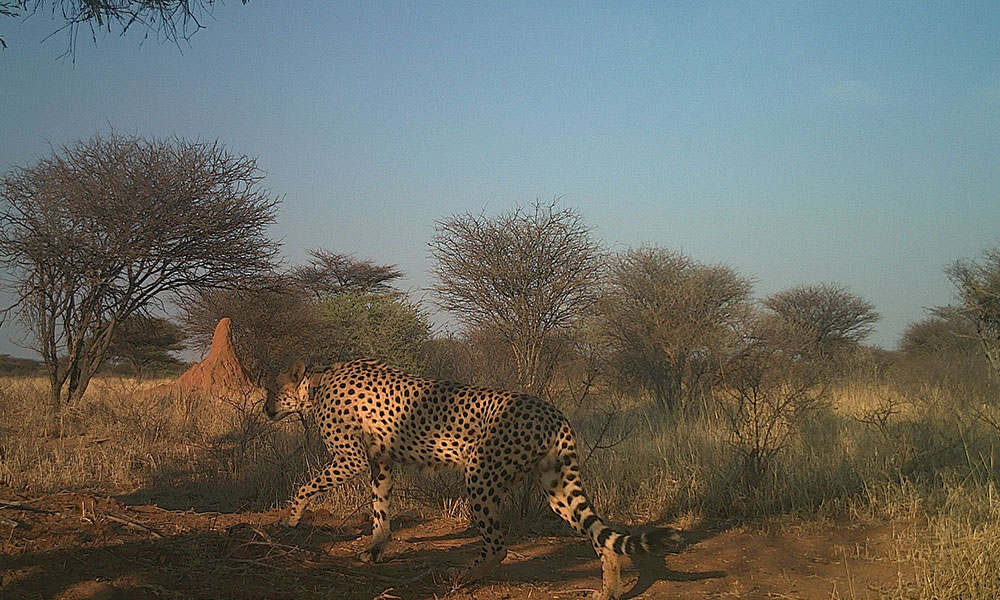
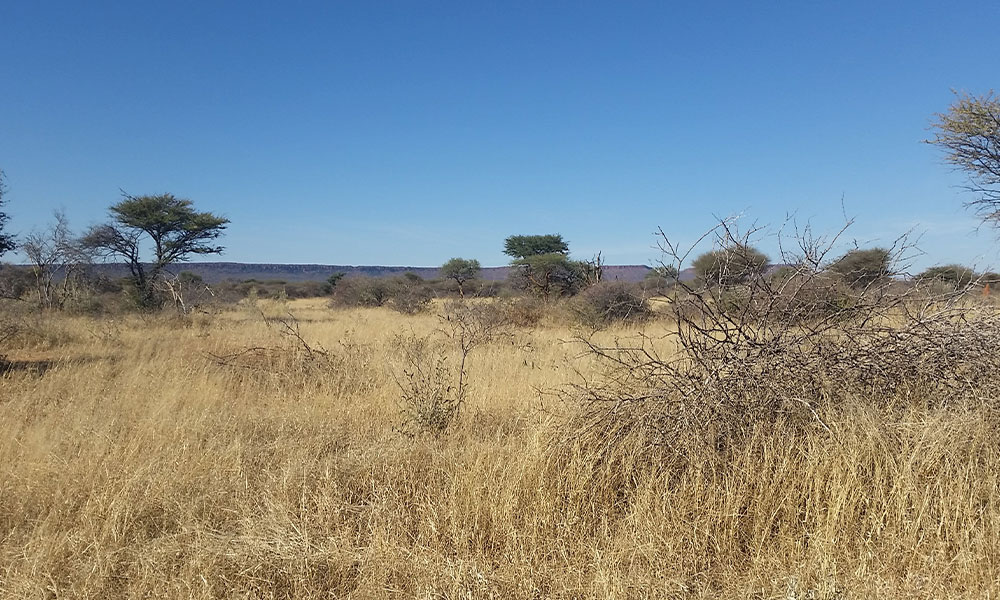
# # #
Cheetah Conservation Fund
Conservation Fund (CCF) is the global leader in research and conservation of cheetahs and dedicated to saving the cheetah in the wild. Founded in 1990, CCF is an international non-profit organisation headquartered in Namibia. CCF is celebrating its 30th anniversary in 2020, making it the longest running and most successful cheetah conservation organisation. For more information, please visit www.cheetah.org.
MEDIA CONTACTS:
Dr Laurie Marker, [email protected] or +264 81 124 7887
Susan Yannetti, [email protected] or +12027167756
Related Reading

